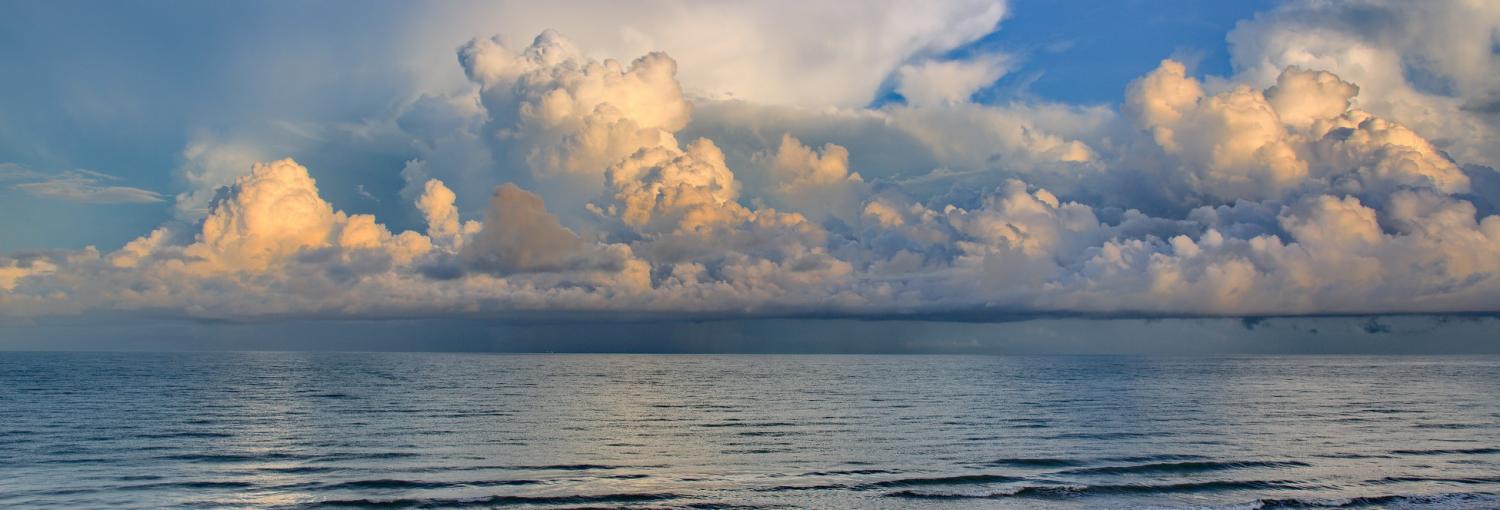The UN Compulsory Conciliation between Australia and Timor-Leste, which aims to set a boundary in the Timor Sea, appears to be inching towards resolution, with details emerging in the Portuguese media last week of a deal involving a median line boundary and a revenue-sharing arrangement for the Greater Sunrise fields.
But the history of this long-standing dispute remains contested. A recent Interpreter article by Hugh Wyndham – former head of the Law of the Sea branch of the Department of Foreign Affairs (DFA) – which discusses Australia’s tactics during the final days of Timor Sea treaty negotiations with Indonesia in 1972, contributes interesting, if narrowly focused, background to the dispute.
Wyndham takes issue with Michael Rose’s review of my book Crossing the Line: Australia’s Secret History in the Timor Sea, arguing that “this commentary ... overlooks the context in which the 1972 negotiations with Indonesia took place”. Wyndham’s criticism is curious given his article doesn’t engage with the post-colonial and geo-political contexts of the negotiations, and instead concentrates on the technical details of the last few days of the talks.
Crossing the Line is based on examination of cabinet submissions, cables, briefs, and other declassified documents from a range of departments in the National Archives of Australia. It clearly emerges from the archives that by the early 1970s, Australian officials realised the only way they could confirm the validity of Timor Sea permits unilaterally issued by Australia to major resource companies in the early 1960s was to negotiate seabed boundaries with Indonesia and Portugal.
As Wyndham describes, Australia claimed “continental shelf rights” to the Timor Trough – a deep channel parallel to the coast of Timor, 30–50 nautical miles offshore. But he does not explain the basis of Indonesia’s claim to the median line.
Indonesia argued the trough was a dint in Australia’s continental shelf that extended beneath Timor. International law at the time dictated that where states were on the same continental shelf, the boundary should be the median line.
In the archives I found a declassified report on the geography of the Timor Trough, by the Australian Bureau of Mineral Resources (BMR), which was requested by the DFA ahead of the first round of negotiations with Indonesia in early 1970. The report stated there was no evidence of oceanic crust at the bottom of the Timor Trough – advice that supported Indonesia’s position. Needless to say, the advice was ignored.
Geologists today endorse the view put by the BMR.
The BMR also provided advice that the area north of the median line, opposite Portuguese Timor, was highly prospective for petroleum. But Australia refused to negotiate with Portugal until after a deal was done with Indonesia.
I argue that this strategic decision, which is not explained in the declassified files in the archives, set up the scenario under which, should Portuguese Timor become part of Indonesia, it would be a simple exercise to close the gap in the area between Portuguese Timor and Australia – the Timor Gap – with a ruler, joining the end points of the 1972 treaty. Wyndham insists that such a view was not a “feature in policymaking leading to the 1972 negotiations with Indonesia”.
The declassified records show that in 1963, the same year of Australia’s unilaterally issued Timor Sea permits, the Australian Government accepted that Portuguese Timor would eventually become part of Indonesia. And in 1965, cabinet decided not to negotiate with Portugal about the Timor Sea boundary issue because Australia didn’t want to “imply a degree of acceptance on our part of Portugal’s right to share in decisions permanently affecting the future of the area”.
While cabinet decisions do not bind future governments, this assumption helps contextualise Australia’s refusal of Portugal’s numerous approaches to negotiate a boundary before the 1972 treaty with Indonesia was signed. After the 1972 treaty left the Timor Gap, Australia approached Portugal to close the end points with a straight line. An offer Portugal rejected.
From there, it appears Australia considered Portuguese Timor becoming part of Indonesia as a potential way to close the gap. A November 1973 DFA brief makes clear that “control of Portuguese Timor passing to Indonesia” was a possibility, and that DFA expected that if that happened Indonesia would agree to “a drawing of a boundary line connecting the two extremities of the agreed Australian–Indonesian boundaries”.
The Timor Sea boundary dispute with Portugal escalated in January 1974 when a US company was issued an exploration permit to the median line, overlapping seven Australian permits.
Australia’s hard-line position continued even after a revolution in Portugal in April 1974 led to a new government that agreed to grant all Portuguese colonies independence. A further document from the time shows DFA again advised that Portuguese Timor would inevitably be incorporated into Indonesia, and warned not to let prospects for the settlement of Australia’s “seabed territory (and oil rights) dispute with the Portuguese” appear to colour Australia’s attitude.
The stakes were raised further when Woodside Petroleum struck oil and gas in the Greater Sunrise fields in mid 1974, very near the eastern end point of the 1972 treaty, and geologists advised the fields extended west into areas claimed by Portugal.
The diplomatic clash continued until Indonesia invaded Portuguese Timor in December 1975.
Australia’s decision to negotiate with Indonesia ahead of Portugal, leaving the Timor Gap between Australia and Portuguese Timor, coupled with the expectation Indonesia would close the gap with a straight line (unlike Portugal), gave Australia a multibillion-dollar interest in an Indonesian takeover of Portuguese Timor.

